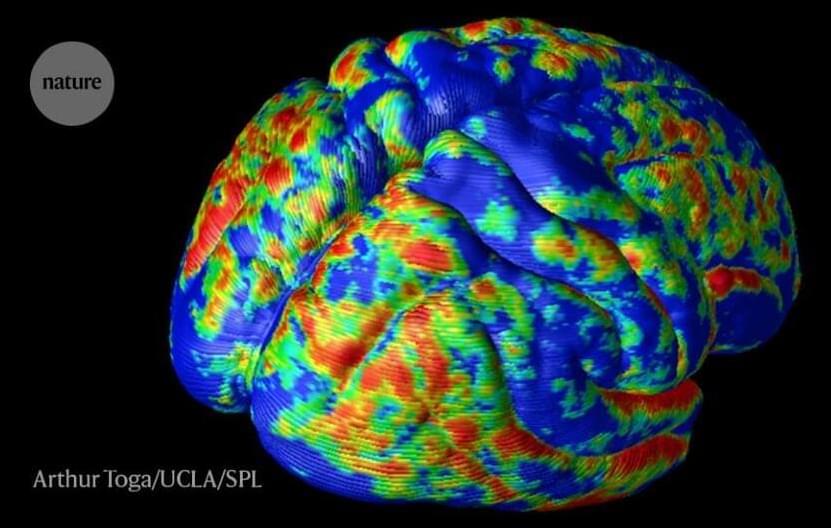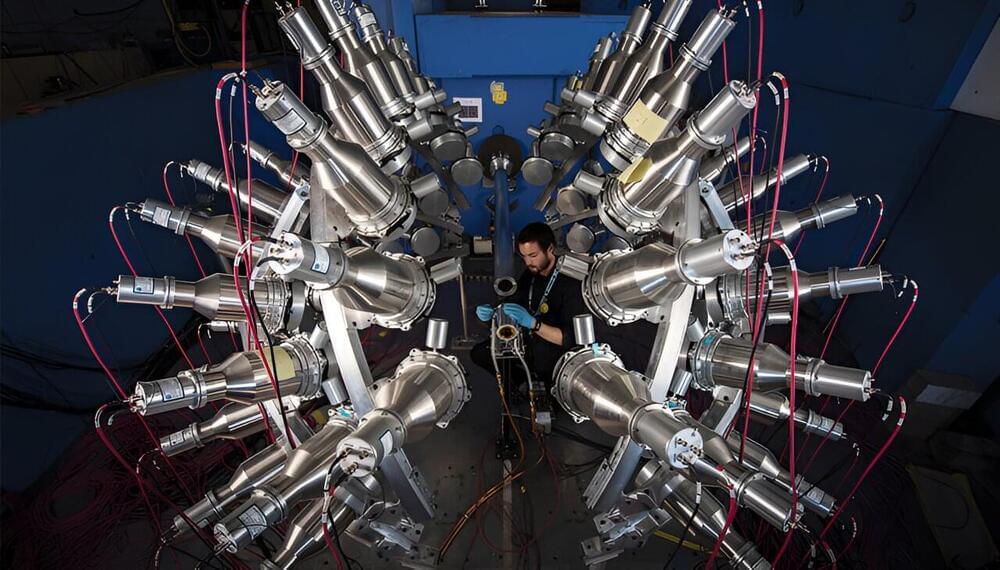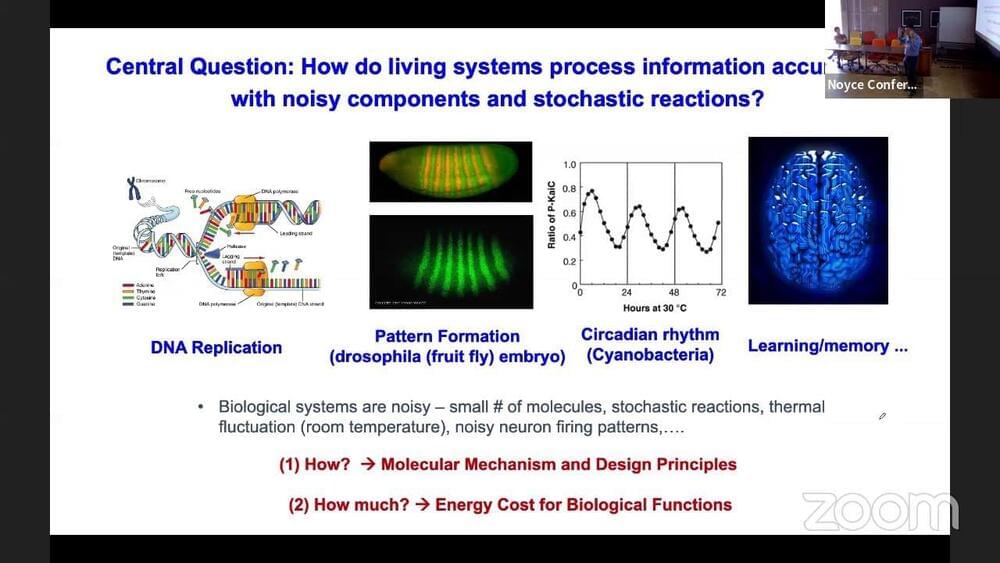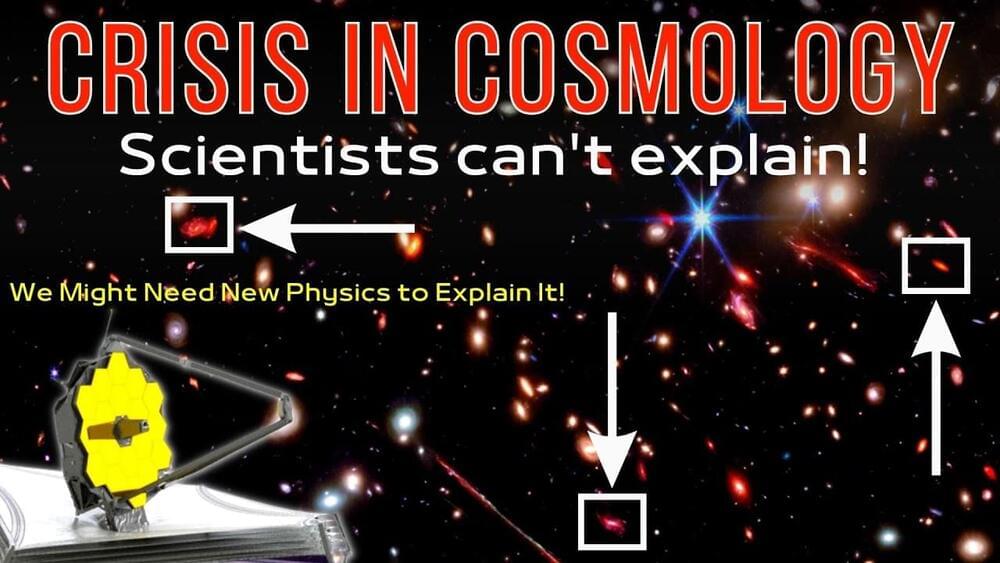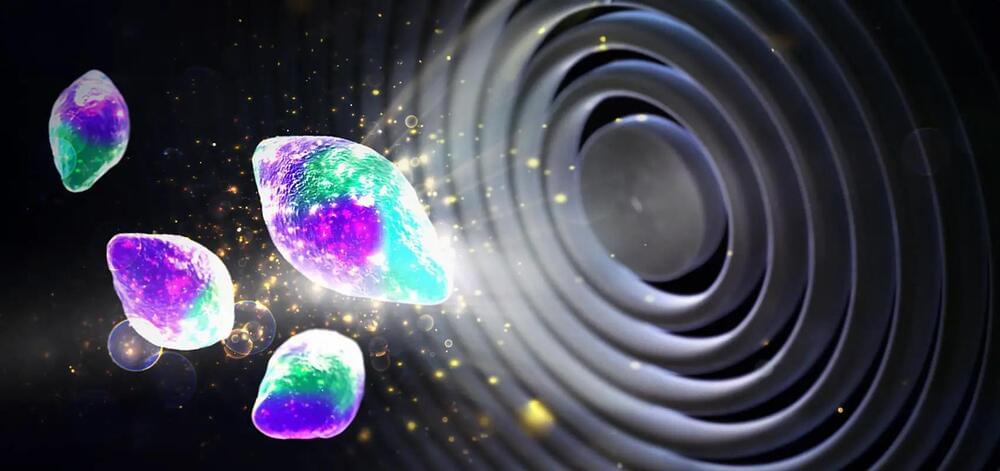Sep 29, 2023
A search for links between two of the universe’s most spectacular phenomena has come up empty—for now
Posted by Saúl Morales Rodriguéz in categories: cosmology, physics
Every so often, astronomers glimpse an intense flash of radio waves from space—a flash that lasts only instants but puts out as much energy in a millisecond as the sun does in a few years. The origin of these “fast radio bursts” is one of the greatest mysteries in astronomy today.
There is no shortage of ideas to explain the cause of the bursts: a catalog of current theories shows more than 50 potential scenarios. You can take your pick from highly magnetized neutron stars, collisions of incredibly dense stars or many more extreme or exotic phenomena.
How can we figure out which theory is correct? One way is to look for more information about the bursts, using other channels: specifically, using ripples in the fabric of the universe called gravitational waves.

